



If you step into Shinjuku-ku,it’s like diving headfirst into a vibrant pulse that never quite slows down. The moment you emerge from the station,you’re greeted by a kaleidoscope of neon lights flickering against the evening sky,the hum of conversations blending with the distant rumble of trains and the occasional laughter spilling out from tiny izakayas tucked into narrow alleys. There’s an electric energy here,but it’s balanced by pockets of calm—like the serene Shinjuku Gyoen National Garden,where you can lose yourself among cherry blossoms or quiet ponds,a gentle contrast to the city’s buzz. Walking through Shinjuku,you’ll catch the scent of sizzling yakitori wafting from street stalls,mingling with the faint aroma of fresh coffee from cozy cafés. The streets are alive with a mix of locals and travelers,each adding their own rhythm to the city’s heartbeat. You can find everything from towering skyscrapers housing sleek offices to quirky shops selling everything from vintage vinyl to the latest manga. It’s a place where tradition and modernity dance side by side. What really makes Shinjuku special is its character—a blend of boldness and warmth. Whether you’re exploring the vibrant nightlife in Kabukicho,hunting for rare books in tiny secondhand stores,or simply people-watching from a ramen bar,there’s a feeling that you’re part of something alive and unfolding. It’s a city that invites you to explore,taste,and feel its many layers,leaving you with stories you’ll want to tell again and again.
The information on this page is currently being reviewed by Tripkliq and should be used as a guide only
Eng word: Hello
Eng pronunciation: Konnichiwa
Local language: こんにちは
Eng word: Goodbye
Eng pronunciation: Sayōnara
Local language: さようなら
Eng word: Thank you
Eng pronunciation: Arigatō
Local language: ありがとう
Eng word: How much
Eng pronunciation: Ikura
Local language: いくら
Eng word: Toilet
Eng pronunciation: Toire
Local language: トイレ
Eng word: Help me
Eng pronunciation: Tasukete
Local language: 助けて
Eng word: Yes
Eng pronunciation: Hai
Local language: はい
Eng word: No
Eng pronunciation: Iie
Local language: いいえ
Eng word: Excuse me
Eng pronunciation: Sumimasen
Local language: すみません
The name 'Shinjuku' means 'New Lodge', originating from a new inn established there in the Edo period (1603–1868) as a resting place for travelers.
During the Edo period, Shinjuku was home to numerous daimyo (feudal lords) and samurai residences, making it a bustling area with a rich cultural heritage.
Much of present-day Shinjuku was once part of the Naito Shinjuku estate, belonging to a powerful samurai family in the Edo period.
Originally serving as a feudal lord's residence during the Edo period, Shinjuku Gyoen was converted into a botanical garden under the Imperial Household Agency in 1903 and later opened to the public.
Named after plans for a kabuki theater (which was never built), Kabukicho is Shinjuku's entertainment district, famous for its vibrant nightlife since the post-war era.
Opened in 1885, Shinjuku Station has grown to become the world's busiest transport hub, serving over two million passengers daily.
Completed in 1991, the iconic building serves as the headquarters of the Tokyo Metropolitan Government, symbolizing Shinjuku's role as a political center.
Dedicated to Inari, the deity of fertility and prosperity, Hanazono Shrine is one of Shinjuku's oldest Shinto shrines, and it has been a spiritual center since the Edo period.
This famous area consists of narrow alleys packed with over 200 tiny bars, each with its own unique style, preserving the atmosphere of Tokyo's postwar era.
In Shinjuku-ku, the most common Power Adaptor is Type A, Type B.



Freshly prepared sushi, including nigiri and maki rolls, is widely available in Shinjuku, showcasing high-quality fish and traditional techniques.
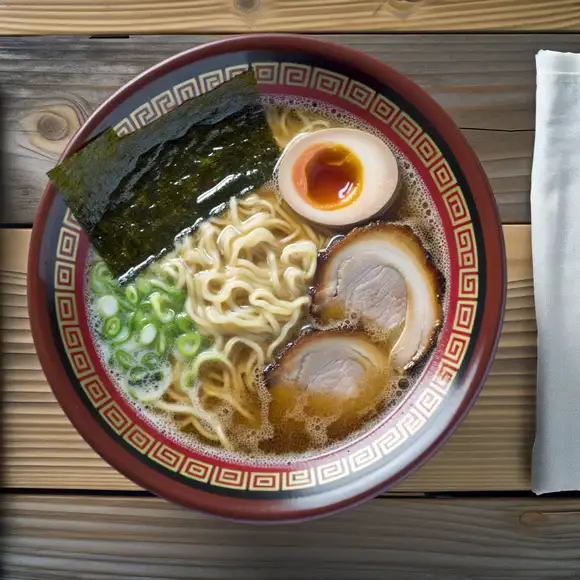
A flavorful noodle soup that comes in various styles, with Shinjuku being home to many famous ramen shops offering rich broths and unique toppings.
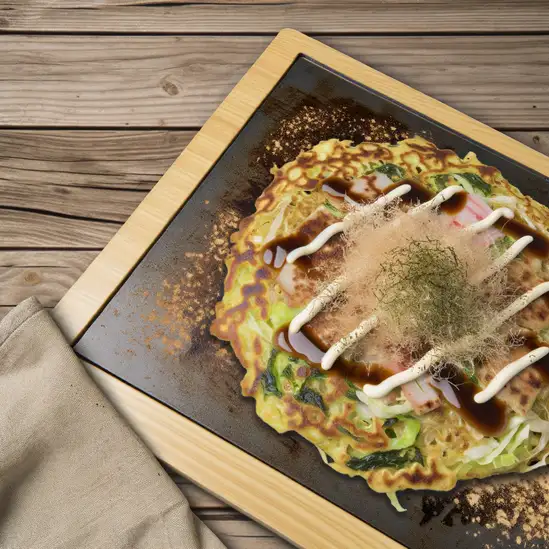
A savory pancake made with a variety of ingredients, including cabbage, meat, and seafood, cooked on a griddle and often topped with a special sauce.
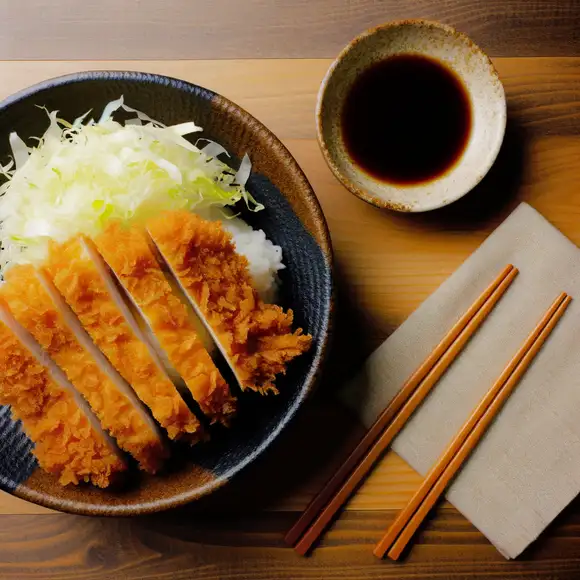
A breaded and deep-fried pork cutlet, typically served with shredded cabbage and a tangy tonkatsu sauce.
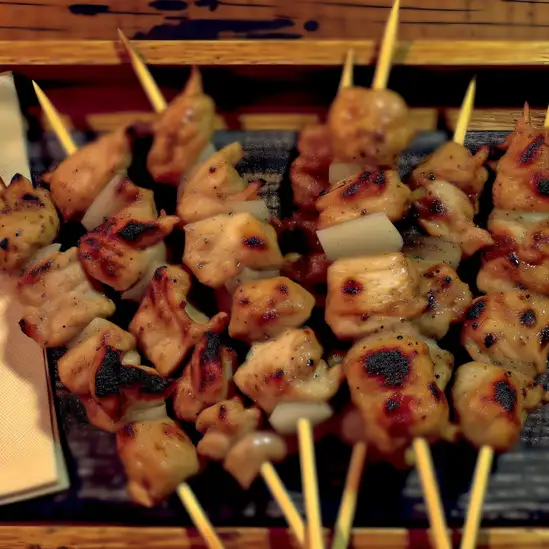
Grilled chicken skewers seasoned with salt or a savory sauce, often enjoyed with a cold beer in izakayas throughout Shinjuku.
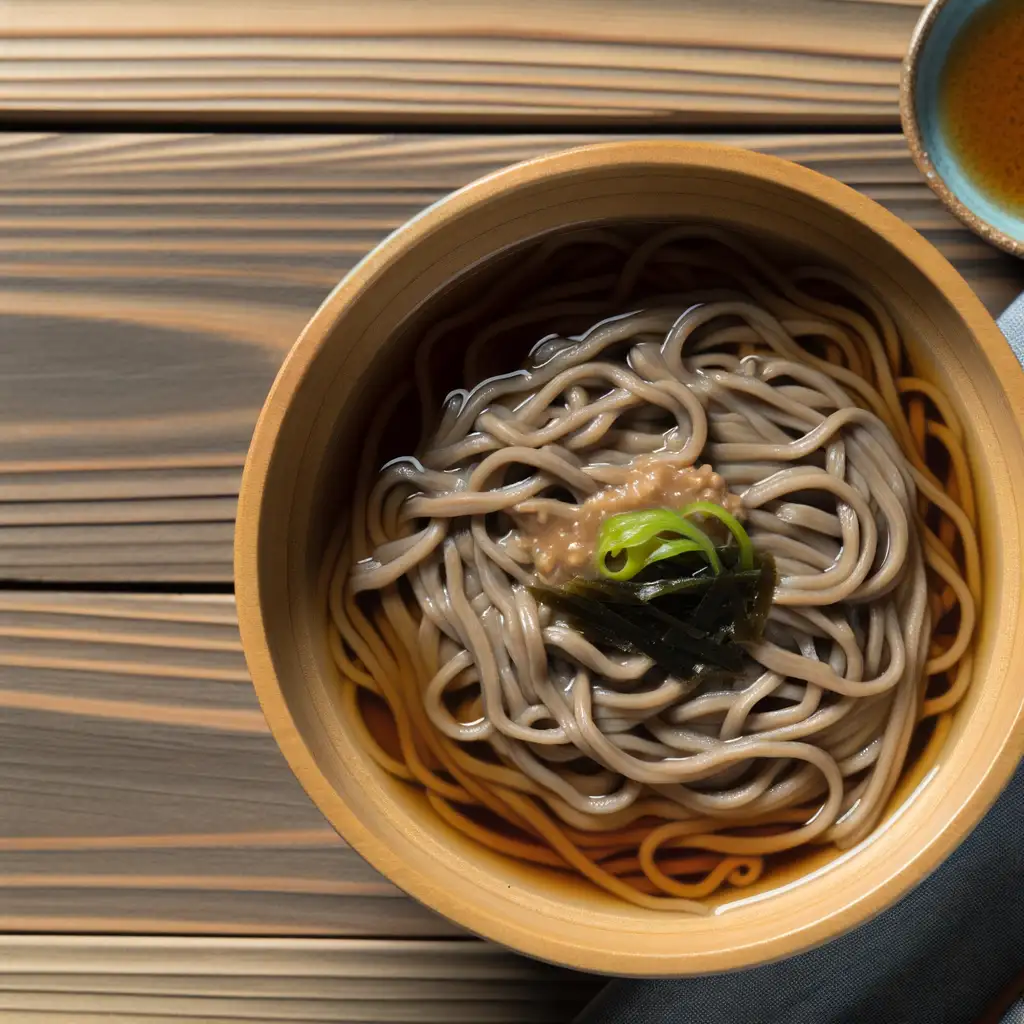
Buckwheat noodles served either chilled with a dipping sauce or in a hot broth, popular for their health benefits and unique flavor.

A comforting dish featuring breaded and fried pork cutlet served over rice with a rich and mildly spicy curry sauce.

Japanese dumplings filled with ground meat and vegetables, either pan-fried or steamed, often served with a soy-based dipping sauce.
Tokyo feels like stepping into a living,breathing mosaic where tradition and futurism dance side by side. The moment you arrive,you’re swept up in a vibrant energy that hums through neon-lit streets and quiet temple gardens alike. Imagine the buzz of Shibuya Crossing,where hundreds of people move in perfect chaos,the air tinged with the scent of sizzling street food and fresh cherry blossoms in spring. It’s a city that never quite sleeps,yet somehow offers pockets of serene calm if you know where to look.
Walking through Tokyo,you’ll hear a symphony of sounds—from the rhythmic clatter of trains to the soft murmur of locals chatting over steaming bowls of ramen. The city’s character is a fascinating blend of meticulous order and playful creativity. You can find centuries-old shrines nestled between sleek skyscrapers,and quirky themed cafes that feel like stepping into another world. The taste of Tokyo is unforgettable too—whether it’s the delicate umami of sushi at a tiny neighborhood spot or the comforting warmth of matcha-flavored sweets.
What makes Tokyo truly unique is how it embraces contrasts without missing a beat. It’s a place where you can lose yourself in sprawling shopping districts,then find quiet reflection in a moss-covered garden. The people,warm and respectful,add a layer of kindness that makes the city feel welcoming despite its size. If you’re curious,open-hearted,and ready to explore,Tokyo will surprise you at every turn and leave you with stories you’ll want to share again and again.
Kyoto feels like stepping into a living painting where every corner whispers stories from centuries past. The moment you wander beneath the vermilion torii gates of Fushimi Inari,or stroll through the serene bamboo groves of Arashiyama,you’re wrapped in a calm that’s both timeless and deeply alive. The air carries a subtle mix of incense from ancient temples and the delicate scent of cherry blossoms or autumn leaves,depending on the season. It’s a city that invites you to slow down,to listen to the soft rustle of kimono fabric on narrow streets and the gentle clink of tea cups in quiet teahouses.
Kyoto’s charm lies in its seamless blend of tradition and everyday life. You’ll find monks in saffron robes crossing paths with students on bicycles,and artisans crafting pottery or folding origami with meticulous care. The city’s rhythm is gentle but purposeful,like the steady flow of the Kamo River where locals gather to chat or enjoy a picnic. And the food—oh,the food! From delicate kaiseki meals that feel like edible art to street stalls offering warm yatsuhashi sweets,every bite tells a story of place and season.
What makes Kyoto truly unforgettable is how it feels like a sanctuary for the senses and the soul. Whether you’re watching the sun set behind golden temple roofs or sipping matcha in a quiet garden,there’s a profound sense of connection—to history,nature,and the simple beauty of everyday moments. It’s a city that stays with you long after you leave,quietly inviting you to return.
Imagine stepping into a city that buzzes with an infectious energy,where neon lights splash vibrant colors across the night sky and the air hums with laughter and chatter. That’s Osaka for you—a place that feels alive in the most welcoming way. It’s not just a city; it’s a warm,spirited friend who invites you to dive into its lively streets,where every corner tells a story. The scent of sizzling takoyaki and okonomiyaki wafts through the air,tempting you to stop and savor the rich,comforting flavors that define Osaka’s food culture.
Walking through Dotonbori,you’ll hear the rhythmic clatter of chefs flipping pancakes on hot griddles,mixed with the playful calls of street vendors. The city’s character shines in its blend of old and new—ancient castles stand proudly near bustling shopping arcades,and traditional theaters share space with quirky,modern cafes. People here are famously friendly and down-to-earth,always ready with a smile or a helpful tip,making you feel instantly at home.
What makes Osaka truly special is its unapologetic joyfulness. It’s a city that celebrates life through its food,festivals,and everyday moments. Whether you’re savoring a bowl of rich ramen,exploring vibrant markets,or simply soaking in the neon-lit riverbanks,Osaka wraps you in a warm embrace that lingers long after you leave. Trust me,once you experience its spirited charm,you’ll find yourself dreaming of coming back.
If you ever find yourself craving a place where the ocean breeze carries a hint of tropical warmth and the streets hum with a laid-back island rhythm,Naha Shi in Okinawa is where you want to be. Walking through its bustling markets,you’ll catch the vibrant colors of fresh fruits and the spicy aroma of Okinawan cuisine wafting through the air—think sweet purple sweet potatoes and tangy goya stir-fries that tease your taste buds. The city feels alive but never rushed,like it’s inviting you to slow down and savor every moment.
Naha’s charm lies in its blend of old and new. You can wander through the historic Shuri Castle grounds,where the echoes of Ryukyu Kingdom royalty still seem to linger,then stroll just a few blocks to modern cafes and quirky shops that pulse with youthful energy. The locals are warm and welcoming,often eager to share stories or recommend their favorite spots for a refreshing sata andagi (Okinawan doughnut) or a cup of jasmine tea.
As the sun dips low,the harbor lights twinkle against the backdrop of turquoise waters,and the gentle sound of waves mingles with distant laughter from street performers. It’s a city that feels like a gentle embrace—rich in culture,alive with flavor,and wrapped in the kind of peaceful energy that makes you want to stay a little longer,just to soak it all in.
If you ever find yourself in Japan during winter,Sapporo-shi is a city that wraps you in a cozy,spirited embrace unlike anywhere else. Imagine crisp,snowy streets lined with softly glowing lanterns,the air tinged with the scent of pine and sizzling street food. The city hums with a lively yet laid-back energy—locals chatting over steaming bowls of miso ramen or clinking glasses of rich,locally brewed beer. It’s a place where modern city life meets nature’s quiet beauty,all under a sky that often blushes pink at sunset.
Walking through Odori Park,you’ll hear the crunch of fresh snow beneath your boots and catch glimpses of intricate ice sculptures shimmering in the cold air,especially during the famous Snow Festival. The architecture is a charming mix of clean,contemporary lines and historic European influences,giving the city a unique personality that feels both familiar and refreshingly new. Cafés spill warm light onto the streets,inviting you in to savor Hokkaido’s creamy dairy treats or a perfectly brewed cup of coffee.
What really makes Sapporo special is its genuine warmth—people here are friendly without being overbearing,proud of their city’s rich culture and natural bounty. Whether you’re wandering through the bustling Nijo Market tasting fresh seafood or hiking nearby trails that open up to breathtaking views,Sapporo feels like a place that invites you to slow down,breathe deeply,and savor every moment.
If you find yourself wandering through Fukuoka-shi,you’ll immediately notice a refreshing blend of vibrant city life and laid-back coastal charm. The air carries a subtle saltiness from the nearby sea,mingling with the enticing aroma of street food stalls sizzling with fresh yakitori and steaming bowls of Hakata ramen. It’s a city that hums with energy but never feels overwhelming—like a close-knit community that’s just big enough to surprise you at every corner.
Walking through the bustling Nakasu district at night,neon lights flicker against the river’s calm surface,while laughter and chatter spill out from cozy izakayas. The city’s pulse is warm and inviting,with locals who are proud yet unpretentious,always ready to share a story or recommend their favorite spot. Fukuoka’s rich history peeks through in its temples and shrines,but it’s the modern art galleries and lively festivals that show how the city embraces both tradition and innovation.
What really sets Fukuoka apart is its pace—fast enough to keep you intrigued,slow enough to savor. Imagine sitting by the waterfront,a gentle breeze brushing your face,as you sip on a cold yuzu drink and watch fishing boats bobbing gently. It’s a place where you can dive into Japan’s culinary delights,explore vibrant markets,and still find quiet moments to just breathe and soak it all in. Trust me,Fukuoka feels like a warm welcome you didn’t know you needed.
Scammers install skimming devices on ATMs to steal card information and PINs from unsuspecting users.
Shops or street vendors may sell counterfeit or low-quality goods at high prices, claiming they are authentic or luxury items.
In some bars, drinks may be spiked, and tourists are coerced into paying large sums of money or have their credit cards charged excessively while they are incapacitated.
Unlicensed guides or touts approach tourists, offering tours or services at inflated prices, often providing subpar or nonexistent experiences.
Tourists are invited to hostess clubs where they are charged exorbitant fees for drinks, conversation, or other services.
Tourists are lured into bars or clubs by touts offering cheap drinks or free entry, but are later presented with an exorbitant bill, often including hidden fees.
Tourists are invited to participate in street gambling games, which are rigged to ensure they lose money.
Unlicensed or unofficial taxi drivers may overcharge tourists by taking longer routes or using rigged meters.
Japan has very strict drug laws, and this includes Shinjuku-ku. The possession, use, or trafficking of illegal drugs is severely punished, with strict penalties including imprisonment and heavy fines. Even some medications that are legal in other countries may be restricted or require special permission in Japan. Tourists should ensure they are not carrying any prohibited substances and should consult with Japanese authorities or their embassy if they have any doubts about specific medications.
In Shinjuku-ku, as in many parts of Japan, smoking is regulated to ensure public health and safety. Smoking is generally prohibited in many public places, including streets, parks, and other outdoor areas. Designated smoking areas are provided, and it is important to use these areas to avoid fines. Restaurants and bars may have designated smoking sections, but this varies by establishment. Always look for signs indicating whether smoking is allowed.
Vaping is subject to similar regulations as smoking in Shinjuku-ku. It is generally prohibited in public places and on the streets unless in designated areas. Vaping in non-smoking areas can result in fines. Tourists should look for designated vaping areas and adhere to local rules to avoid penalties.
What are other people saying about Shinjuku-ku?
Recent Social posts about Shinjuku-ku
There is nothing to show you for now.